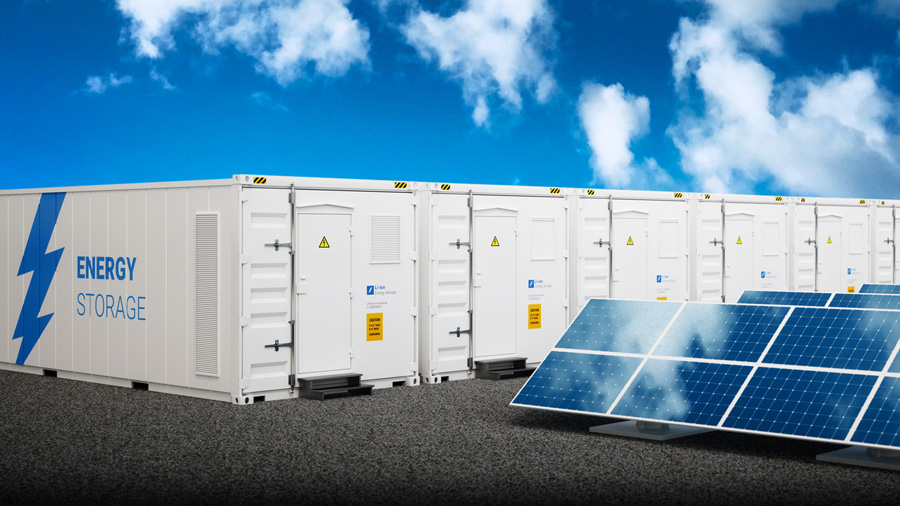In A Saturated Market, Energy Storage Emerges As A Silver Bullet


Jeff Perry
Executive Vice President, Asset Management
Agilitas Energy
Published on PV Magazine
We are expected to see low-carbon energy sources generate a record share of the world’s electricity within the next few years, according to the International Energy Agency (IEA). But despite increased momentum and recent progress, our nation’s clean energy goals are still an arm’s length out of reach. The question remains: what is needed to reach our clean energy goals? The answer: pairing renewable energy projects with energy storage.
The Inflation Reduction Act (IRA) is set to bolster renewable development. The U.S. Energy Information Administration (EIA) forecasts new solar and wind projects coming online this year will account for 16% of total generation in 2023—which is up from 14% last year.
While the country pushes for a cleaner and greener energy future, it’s important to keep in mind that renewables, like wind and solar, won’t break our nation’s fossil fuel habit on their own. As such, energy storage emerges as a silver bullet to increase the utilization of intermittent renewable resources and is becoming more important as wind and solar generation saturates markets.
Overcoming intermittent challenges
The challenge, of course, is that renewable energy sources are fundamentally intermittent, and their generation output is not consistently available in the same way fossil fuel fired generation is. But energy storage can support renewables like wind, hydro and solar power, enabling them to be reliable and persistent sources of energy. By pairing renewables with storage, the grid and grid operators have more flexibility as intermittent renewable energy can be dispatched on demand.
When coupled together, storage projects boost the overall value of renewable energy projects. For instance, when energy storage is paired with say, solar PV, it increases the average value of solar energy sold to the grid. Energy storage can also play a part in managing curtailment, by reducing energy losses and helping to de-risk a project at the development phase. Rather than the deliberate reduction of energy in order to balance real-time supply and demand, energy can be stored and, thus, provide renewable project owners and operators with a way to retain project profitability by reducing or eliminating curtailments.
Furthermore, pairing energy storage with renewable energy projects can save on permitting, planning and construction costs—when compared to developing the projects separately—which is essential for getting clean energy projects online and ultimately achieving clean energy goals.
Boosting grid reliability
While the intermittent nature of renewables could challenge grid reliability, energy storage provides valuable grid services, such as voltage support and frequency regulation, which are critical to maintaining a safe and reliable grid.
Energy storage is also a backup power source during outages, which have increasingly become more of a problem due to grid instability and extreme climate events. Just consider the Texas electrical grid for example. Since the deep freeze in 2021, which caused wide-scale electricity outages, the search for solutions to assist grid stability during extreme weather remains at the forefront of discussions. During periods of peak demand, energy storage can help boost grid reliability and can take pressure off utilities and system operators.
Curbing electricity costs
Just recently, due to an increase in fuel prices and demand, Americans have experienced higher-than-normal spikes in household energy costs. In fact, according to the U.S. Energy Information Administration’s Winter Fuels Outlook, the average U.S. household expenditures are expected to increase by 10% for electricity throughout this winter.
By relying on only fossil fuel supply, utilities and system operators are challenged to meet peak demand in a cost-effective manner. Fossil fuel prices are highly volatile; particularly at times of high demand like during cold snaps. Rather than continuing to rely on this highly volatile and polluting fuel, investment in renewable energy projects coupled with energy storage make it possible for a more environmentally prudent supply of electricity to meet peak power loads, while also keeping costs down.
Additionally, building energy storage facilities can help avoid the cost of expensive transmission and distribution (T&D) build-outs. These non-wire alternatives, which are being supported by utilities and regulators throughout the country, can help avoid spending millions of dollars on development and construction. Storage is just as capable of meeting a few hours of peak demand at a much lower cost to electricity consumers. And when T&D build-outs are swapped in favor of storage facility development, those T&D funds can be reallocated toward projects to help further integrate renewable energy project development.
The bottom line is that with increased energy storage and renewables adoption comes a new industry with the benefits of high-investment segments: job creation, innovations, technologies and more. But first, it’s important to note that energy storage, not just solar or wind farms, will be critical in reaching the nation’s renewable energy goals.